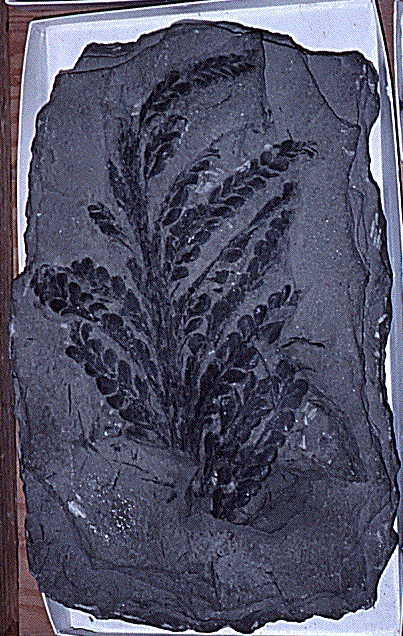| << Chapter < Page | Chapter >> Page > |
South Africa is home to many different kinds of fossils, including living fossils. Many of these fossils are key events in life's history.



The earliest signs of life are about 3500 million years old. Some of the most ancient fossils that are known to exist have been found in the rocks from theBarberton area of Mpumalanga. They are more than 3000 million years old. These tiny fossils look like modern blue-green bacteria. Later other types of blue-green algae grew that formed a mat in shallow water. These are called stromatolites and can be found in the ancient rocks near Barberton.
Evolution of the cell:
Conditions on Earth 4 billion years ago were very different than they are today. The atmosphere lacked oxygen, and an ozone layer did not yet protect Earth fromharmful radiation. Heavy rains, lightning and volcanic activity were common. Yet the earliest cells originated in this extreme environment. Today, a groupof single-celled organisms called archaeabacteria, or archaea, still thrive in extreme habitats.
Astrobiologists are now using archaea to study the origins of life on Earth and other planets. Because archaea inhabit places previously consideredincompatible with life, they may provide clues that will improve our ability to detect extraterrestrial life. Interestingly, current research suggests archaeamay be capable of space travel by meteorite. Such an event could have seeded life on Earth or elsewhere.



These soft-bodied animal-like creatures were unrelated to anything we see today and died out about 450 million years ago. Fossils of these ancient forms oflife have been found in Namibia and the Northern Cape, and also in Europe and North America. For animals without skeletons, like worms or jellyfish,fossilization is a very rare event. Paleontologists seldom find a well- preserved fossil of a soft-bodied animal. For a soft-bodied animal to befossilized, its body must be protected from decomposition. The body is usually exposed to air and water with a lot of oxygen, so it decomposes quickly. Theanimal is likely to be fossilized only if it is buried soon after it dies (or when it is buried alive!).
Soft bodied fossils in Namibia: (notes) (External Link)
Soft bodied animals and fossil formation: (External Link)




By the end of the Devonian period of the Palaeozoic era there were more clubmosses, ferns and horsetails, which are all plants that had primitive conducting tissue. Some of their relatives are alive today. There are wellpreserved fossils of these club mosses and the simple relatives of conifers like cycads in the late Devonian rocks near Grahamstown in the Eastern Cape.

Notification Switch
Would you like to follow the 'Siyavula: life sciences grade 10' conversation and receive update notifications?